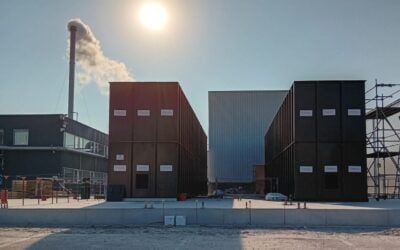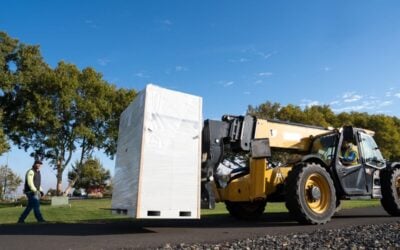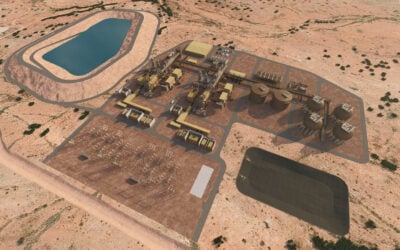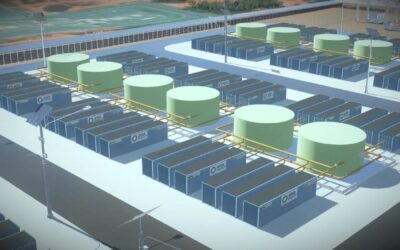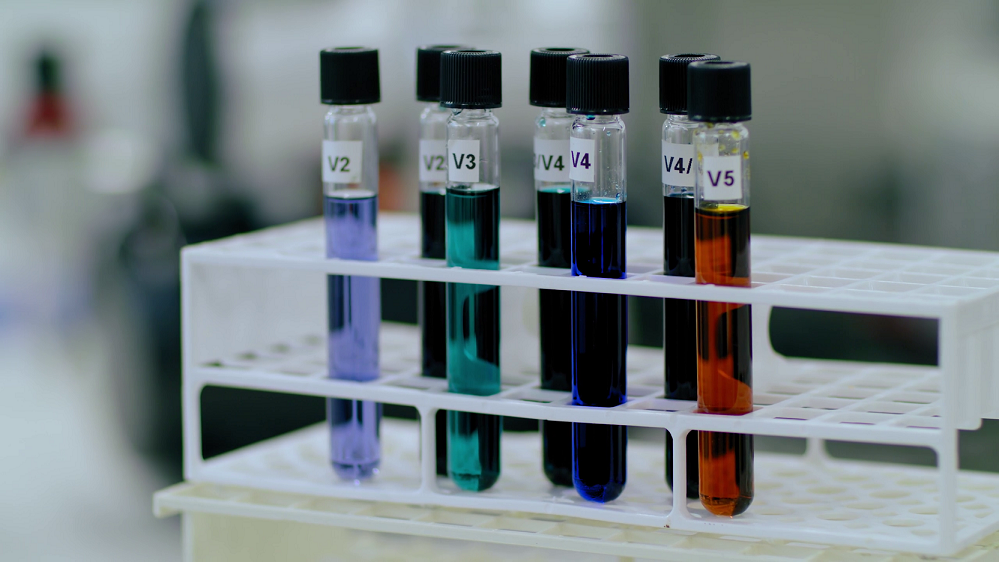
Canadian petroleum refinery company Suncor’s plan to develop vanadium recovery at commercial scale from the by-product of its coke-fired boilers will receive CA$7 million (US$5.2 million) government funding.
It would be the country’s first vanadium recovery facility at commercial scale, aimed at meeting expected demand for the metal in flow batteries for energy storage applications.
The funding was announced earlier this week (13 February) as part of a total CA$58 million commitment to circular economy projects from Emissions Reduction Alberta (ERA), administered by the provincial government.
Suncor’s Alberta Vanadium Project (AVP) has a total expected investment cost of CA$36 million. It has two planned phases, the first to demonstrate that vanadium can be economically recovered from fly ash produced by industrial operations, which include Alberta’s oil sands. The second phase will see the plant constructed.
Try Premium for just $1
- Full premium access for the first month at only $1
- Converts to an annual rate after 30 days unless cancelled
- Cancel anytime during the trial period
Premium Benefits
- Expert industry analysis and interviews
- Digital access to PV Tech Power journal
- Exclusive event discounts
Or get the full Premium subscription right away
Or continue reading this article for free
The vanadium produced could be used to make the electrolyte used in vanadium redox flow batteries (VRFBs). While vanadium is fairly abundant, most of the world’s supply comes as a by-product of steel manufacturing, mostly based in China.
There are only three primary vanadium producers globally, all three of which are targeting growing opportunities in the energy storage space. However, investments in the primary production space are growing, particularly in Australia.
According to a report from research group Guidehouse Insights, commissioned last year by vanadium trade group Vanitec, global vanadium production is projected to double by 2031. Guidehouse predicted VRFB demand will equal nearly 33GWh of deployments by 2030.
Access to vanadium raw materials, and crucially, scaled up manufacturing of the vanadium pentoxide used in electrolyte, will be among key factors to success in the space, according to various sources.
While Suncor’s project was the only energy storage-focused investment in this latest round of funding from ERA, a previous round saw the public corporation commit to supporting the development of Chappice Lake, a CA$40 million solar-plus-storage project featuring a DC-coupled vanadium flow battery.
Chappice Lake is getting CA$10 million from ERA, and Anglo-American flow battery company Invinity Energy Systems is supplying the project’s energy storage component. In both cases the ERA funding has come from its Technology Innovation and Emissions Reduction (TIER), paid for by industrial groups in Alberta to compensate for their emissions-producing activities.
According to Dan Shreve, vice president of market intelligence at Clean Energy Associates, 2023 will be a year in which providers of long-duration energy storage (LDES) will need to prove their technologies can deliver.
The “hype cycle” around LDES tech, such as VRFBs, is coming to an end, Shreves wrote in a Guest Blog for our sister site PV Tech, published yesterday.

